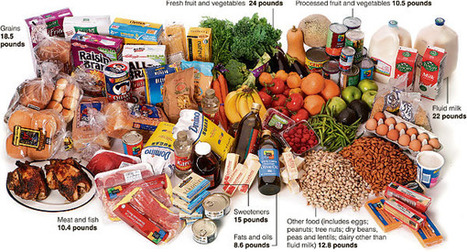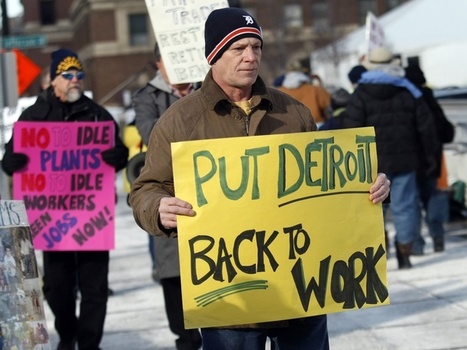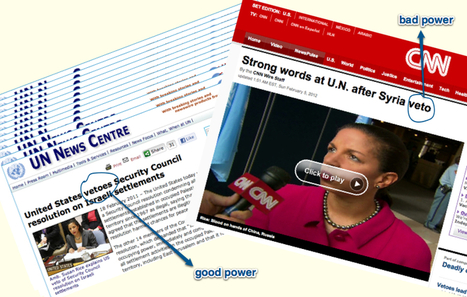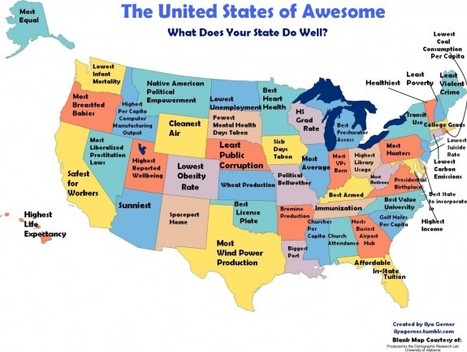Protesters upset over an American-made video denouncing Islam attacked the United States Consulate in Libya, while Egyptian demonstrators stormed over the walls of the United States Embassy in Cairo.
The idea of anti-U.S. protests in the Middle East and Northa Africa on the 11th anniversary of the terrorist attacks of Sept. 11 was initially quite shocking. As always, a greater understanding of the cultural context and timing helps explain (not necessarily justify) the situation. The video that has sparked the controversy is truly reprehensible and as cultural insensitive as it gets. Still, the protests by blindly lashing out at the United States embassy only exacerbate the cultural problems.



 Your new post is loading...
Your new post is loading...
































